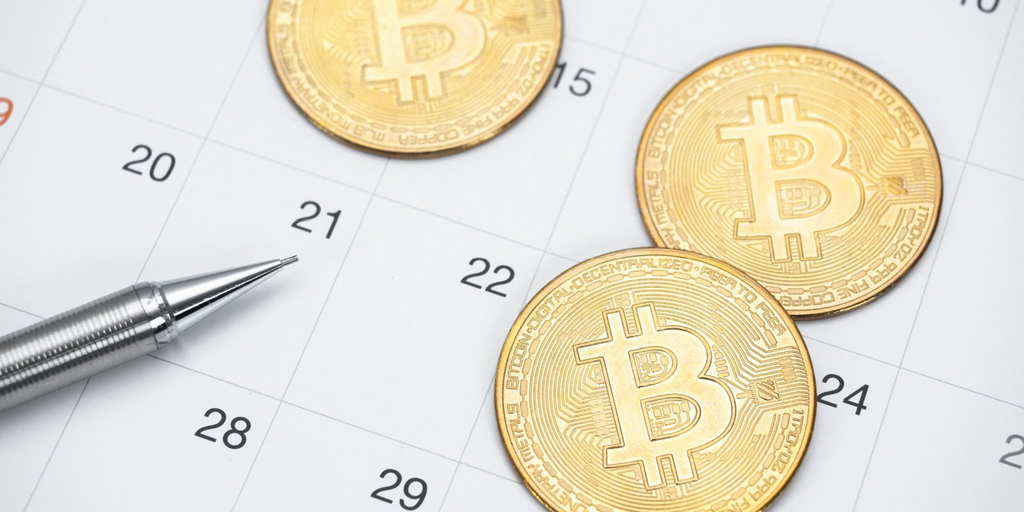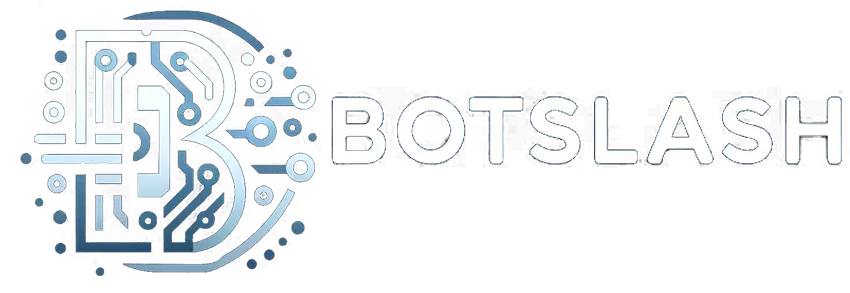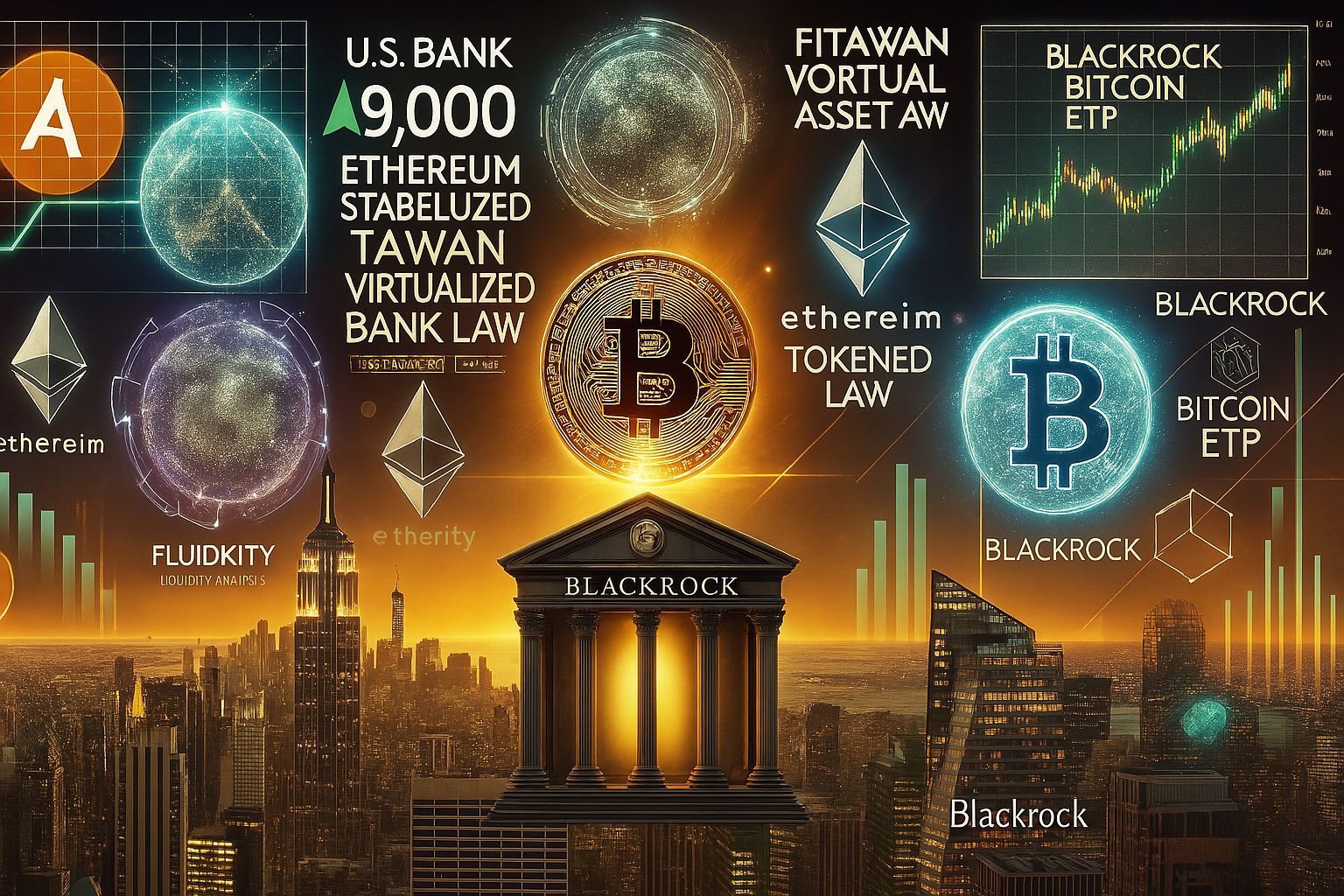4 Important Crypto News: ICE–Circle Tokenization, Bitcoin Whale Moves, BTC–Altcoin Decoupling & Russian Crypto Reserve Warning – BotSlash Daily Crypto News Analysis
The cryptocurrency market is undergoing pivotal changes across multiple fronts — from deepening institutional integration to macroeconomic policy concerns. The Intercontinental Exchange (ICE) is moving into tokenized assets with Circle, Russian economists are warning against adopting national crypto reserves imported from external sources, Bitcoin is breaking its historic correlation with altcoins, and whales are making billion-dollar moves that reflect growing confidence. These developments together indicate a maturing market with renewed focus on compliance, innovation, and strategic investment.
1. NYSE Parent ICE to Explore New Products with Circle’s Stablecoin & Tokenized Fund
The partnership between Intercontinental Exchange (ICE), parent company of the New York Stock Exchange, and Circle, the issuer of USDC, signals a critical step forward for institutional adoption of blockchain-based financial products. By collaborating on tokenized funds and exploring new use cases for USDC, ICE is aligning traditional finance with emerging decentralized systems in a controlled and compliant manner.
Tokenized assets offer benefits such as real-time settlement, reduced counterparty risk, and greater transparency. Through this partnership, ICE can leverage Circle’s infrastructure to potentially offer products like tokenized ETFs or funds that appeal to both retail and institutional investors. The choice of USDC is notable—it’s one of the most compliant and regulated stablecoins, meaning any new financial products based on it are likely to align with U.S. regulatory standards.
This move also positions ICE competitively within the growing field of tokenized finance, a space already being explored by giants like BlackRock and JPMorgan. For Circle, this partnership enhances credibility and further embeds USDC within the global financial ecosystem.
Market Impact:
While the announcement didn’t spark major short-term price action, it strengthens USDC’s long-term position and sets the stage for future institutional adoption. Expect increased interest in tokenized assets and more regulated stablecoin use cases as traditional players enter the space.

2. Russian Economist Warns Against Establishing National Crypto Reserve Imported from Binance
A prominent Russian economist has warned against the establishment of a national crypto reserve using digital assets imported from Binance. The caution reflects deep concerns over sovereignty, transparency, and long-term control in adopting externally managed cryptocurrencies or tokens. The proposed idea of using imported crypto as a reserve asset raises fears about dependence on foreign-controlled infrastructure and protocols.
In a geopolitical context where Russia is increasingly seeking economic autonomy due to sanctions and strained relations with the West, creating a reserve based on a platform like Binance may undermine that very goal. Critics argue that imported reserves could be subject to external manipulation, surveillance, or even geopolitical pressure. Furthermore, the decentralized nature of cryptocurrencies clashes with state-controlled economic frameworks, making integration difficult without compromising either side.
This skepticism also illustrates a broader global dilemma—nations exploring digital currencies must balance innovation with control. While China has embraced a state-run digital yuan, Russia remains cautious, torn between exploring blockchain-based finance and avoiding external dependencies.
The warning may signal a growing shift toward developing in-house solutions, such as central bank digital currencies (CBDCs), rather than relying on imported or third-party tokens. It emphasizes that strategic digital asset policies are not just economic decisions, but matters of national security.
Market Impact:
This stance may influence other countries considering similar strategies. It reflects growing distrust in centralized crypto platforms like Binance and may drive momentum toward sovereign digital assets and localized blockchain infrastructure, particularly in sanctioned or isolationist economies.

3. Bitcoin’s Correlation with Altcoins Declines, Attracting More Investment
A recent analysis shows that Bitcoin’s correlation with altcoins is weakening, signaling a shift in how investors perceive and allocate capital within the crypto space. Traditionally, Bitcoin and altcoins moved in sync, rising and falling together. However, current data suggests a decoupling trend, with Bitcoin moving more independently as investors begin to treat it as a distinct asset class.
This divergence has a few key implications. First, it reflects Bitcoin's growing appeal as a macro asset—akin to digital gold—rather than just another crypto. As institutional interest increases, Bitcoin is often the primary (or only) asset chosen due to its liquidity, regulatory clarity, and relative stability compared to smaller tokens. This has led to Bitcoin being seen more as a hedge than a speculative bet.
Second, it points to an evolving investor mindset. Diversified portfolios may now include Bitcoin not as a lead indicator of altcoin trends, but as a separate entity deserving individual analysis. This has also allowed altcoins to develop their own narratives—whether based on DeFi, NFTs, or utility tokens—without being entirely tethered to Bitcoin’s price movements.
Finally, the decoupling increases opportunities for selective investment and risk management. Traders and institutions can isolate BTC performance or altcoin-specific themes, rather than treating the market as a monolith.
Market Impact:
This trend can attract new capital into Bitcoin from investors seeking lower volatility exposure. At the same time, it allows altcoins to shine individually, promoting innovation and differentiated growth. The decoupling could result in more stable inflows into Bitcoin during uncertain times and increased altcoin activity during bullish cycles.

4. Bitcoin Whales Bought $1.1B of BTC in Two Weeks as Confidence Grew, Glassnode Says
According to Glassnode data, Bitcoin whales have purchased over $1.1 billion worth of BTC within just two weeks, suggesting a strong return of confidence among large-scale investors. This level of accumulation typically precedes significant market movements and often indicates the belief that prices will rise or that Bitcoin is entering a more stable, bullish phase.
Whales—wallets holding large amounts of BTC—are often considered smart money, and their behavior is closely watched by analysts. When such entities accumulate instead of distributing or selling, it often reflects internal metrics or long-term conviction that may not yet be visible in the broader market. Their recent purchases come amid improved market sentiment, stronger macroeconomic indicators, and the expectation of institutional adoption through ETFs and other financial products.
This accumulation also aligns with a period of reduced exchange outflows, suggesting that whales are not preparing to sell but are instead securing assets for long-term storage. Additionally, recent regulatory clarity in the U.S. and ongoing developments in Bitcoin ETF approvals may have contributed to this bullish posture.
While this trend doesn't guarantee short-term price increases, it adds a layer of confidence to the market and may trigger FOMO (fear of missing out) among retail traders and smaller institutions.
Market Impact:
Such large-scale buying tends to create upward pressure on prices or at least limit downside volatility. It also reinforces investor confidence, which can lead to increased market participation and improved sentiment across the broader crypto sector. Retail investors often follow whales, meaning more buying could follow.

Key Takeaways:
-
ICE + Circle Partnership: A major TradFi player embracing stablecoins and tokenized funds signals broader institutional adoption.
-
Russian Caution on Crypto Reserves: Economists warn against importing crypto reserves, citing risks to financial sovereignty and cybersecurity.
-
Bitcoin vs Altcoins: BTC's weakening correlation with altcoins hints at a possible shift toward Bitcoin as a more independent, safer asset class.
-
Whale Accumulation: $1.1B worth of BTC accumulated in just two weeks showcases institutional and whale confidence in a bullish future.
-
Diversification & Maturity: These developments reflect a maturing market where risk appetite, innovation, and policy are finding new balance.
-
5 Important Crypto News: Solana Inflation Reform, Bitcoin Whale Moves, US Fed Speculation, and Slovenia's Crypto Tax Proposal: BotSlash Daily Crypto News Analysis
5 days ago
-
4 Important Crypto News: Bitcoin Whales Rise, South Korea Eyes Blockchain, Hong Kong Embraces Staking, and Global Tariffs Shake Markets – BotSlash Daily Crypto News Analysis
2 weeks ago
-
5 Important Crypto News: Circle’s IPO, Bitcoin Whales, Trump’s Tariffs & Miners’ Struggles – BotSlash Daily Crypto News Analysis
3 weeks ago
-
8 Latest Crypto News : TON’s Cross-Chain Upgrade, Binance-SEC Lawsuit Pause, Bitcoin Supply Shock & Global Regulatory Shifts : Botslash Daily Crypto News Analysis
2 months ago
-
Crypto Daily News Analysis: Bitcoin Adoption Soars, BlackRock ETP in EU ETF Inflows Surge, Liquidity Crisis Looms, Stablecoins Rise, and Gold-Backed Cryptos Gain Momentum 10 important news
3 months ago
- 26 Forums
- 1,490 Topics
- 1,763 Posts
- 0 Online
- 739 Members



